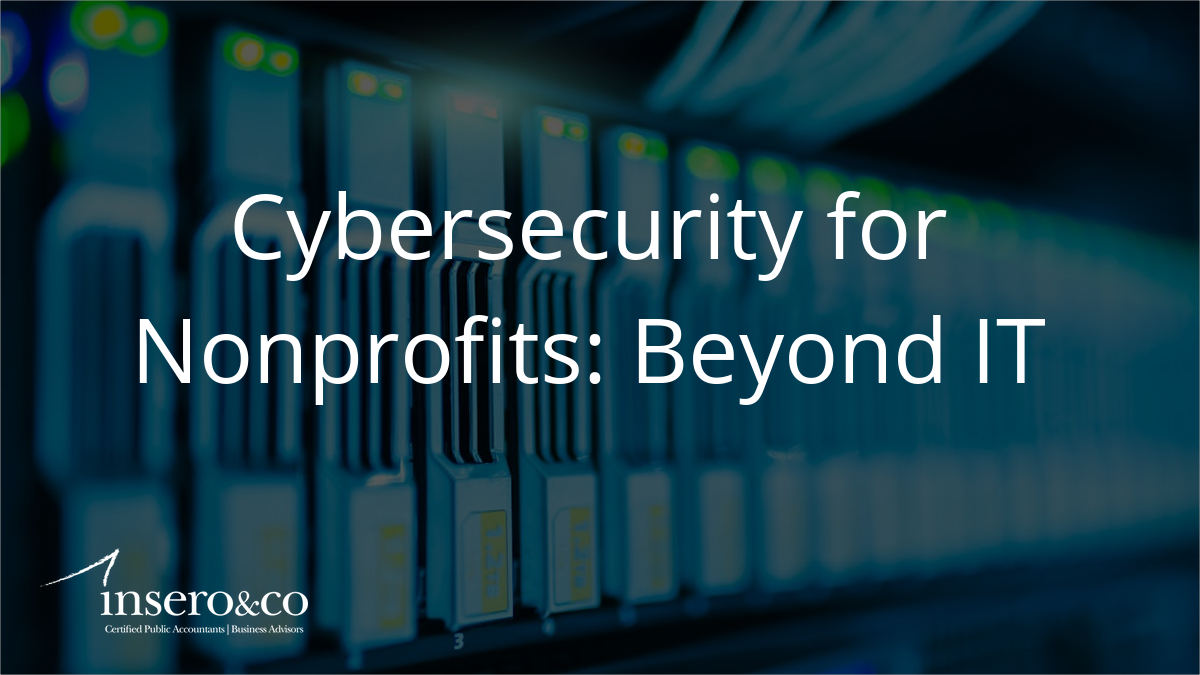When your employee headcount is growing, a little turnover now and then usually doesn’t create a lot of concerns about “orphan” 401(k) accounts. However, employers forced to downsize during the economic downturn brought on by the COVID-19 pandemic might have a larger proportion of accounts left behind by former employees than they did previously.
Why might that be a problem? And if it is, what can you do about it? Let’s take a closer look.
Administrative costs
Perhaps the biggest potential problem with an excess of orphan accounts on your books is administrative costs. And in the COVID-19 economy, every dollar counts.
A lot of those costs, such as asset management expenses, are borne by plan participants through fees deducted from their investment accounts. Rarely are all fees paid this way, however. The proportion you bear depends, of course, on how you structured your cost-sharing arrangements. To whatever extent you’re covering administrative costs on a per-participant basis, you may be paying more than necessary, depending on your degree of loyalty to former employees.
According to the latest 401k Averages Book, the mean fee total per account in a plan with 100 participants with an average $50,000 account balance is around $620. (For significantly larger plans, it’s about 25% lower.) Suppose you cover one-third of those costs: That’s $200 per participant — money that could be used to subsidize plan expenses for your current employees or put to other uses.
Another administrative cost is insurance. Liability insurance premiums are generally proportional to the size of your plan, including orphan accounts. Shedding orphan accounts will lower your numbers, including premiums.
Note: in some scenarios, you could be better off from an administrative cost standpoint by hanging on to some orphan accounts. That would be true if those extra accounts put your plan in an asset size category that gives you access to lower fees. But for the math to work out, the incremental asset value would have to align well with your plan administrator’s fee brackets.
Action steps
So what can you do to rid your plan of the orphan accounts? The easiest scenario involves accounts with less than a $1,000 balance. You probably don’t have many of those. But such accounts can, if necessary, simply be cashed out, with the proceeds sent to former employees, with or without their consent.
If instead the account balance is between $1,000 and $5,000, and a former employee declines to go along with your encouragement to have the account rolled over to an IRA or the 401(k) of his or her new employer, you can roll it over into an IRA in the participant’s name. With larger accounts, former employees need to initiate a rollover. Check your plan document to determine what your plan provisions allow for accounts less than $5,000.
Be sure to communicate rollover options and to provide basic guidance about the process to former employees. But be careful of a “hard sell” on the benefits of a rollover. If the former employee rolls over the funds to a plan that, for example, has a higher fee structure or inferior investment options, you could find yourself subject to a fiduciary liability claim and/or litigation.
What if you can’t locate former employees? If your detective work is unfruitful, try leaving pertinent information with a commercial database like the National Registry of Unclaimed Retirement Benefits that seeks to unite former employees with their “lost” retirement plan dollars. Ultimately, state laws that govern unclaimed property (typically abandoned bank accounts) dictate what can happen to those dollars. The Department of Labor continues to examine procedures used by plan sponsors to find lost participants. You need to make every effort to locate such individuals, including contacting family members and beneficiaries and searching social media.
Make the effort
It’s a good idea to institute a formal policy dictating how to handle orphan accounts. You could be asking for trouble if you treat former employees who left your employ under the same circumstances differently.
Sidebar: More to consider
When dealing with orphan accounts, two other areas are worth your time reviewing:
Annual audit costs. The price tag for an annual audit can easily total $10,000 or more. This particularly significant administrative cost could disappear if you reduce the number of your plan’s orphan accounts.
The audit requirement generally kicks in when you have at least 120 participants and can stay with you until your participant count drops below 100. Suppose that, due to a COVID-19-related reduction in your staff, you now have fewer than 100 employees participating in the plan, but the participant total exceeds 100 because of orphan accounts. Unless you believe an annual audit is a good idea even if you’re not required to have one, eliminating some orphan accounts could provide a significant savings opportunity.
Fiduciary liability. Another consideration is fiduciary liability. Your duty to safeguard the interests of plan participants who’re no longer on your payroll — whether they’re former employees you’ve laid off, retirees, or ex-workers who left to work for a competitor — is the same as for your active employee participants. That means that the potential cost of a fiduciary breach could be higher than it otherwise would be with fewer orphan accounts.
As always, we hope you enjoy this edition of our newsletter and we look forward to receiving your feedback. Should you have any questions regarding the information contained in the attached materials or our Employee Benefit Plan Services, please feel free to contact me directly.
Want to learn more?
Join our Employee Benefit Plan Resources group on LinkedIn for more frequent updates on recent developments and best practices and discuss related topics with your peers.




